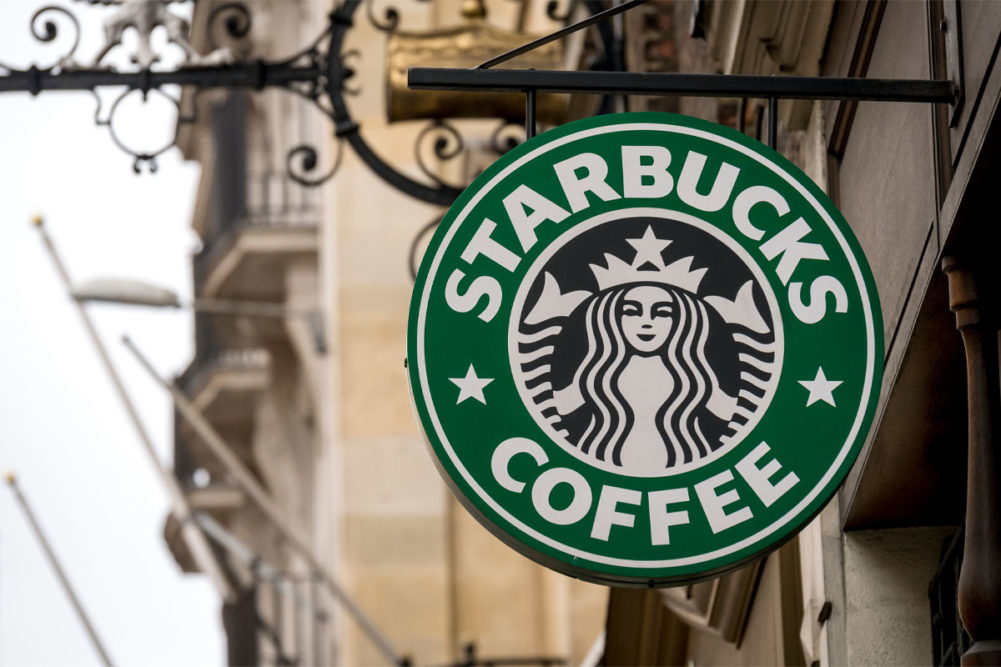Starbucks and McDonald’s continue to be the world’s most valuable restaurant brands, according to the 2023 “Restaurants 25” report from independent brand valuation consultancy Brand Finance.
The firm’s annual report uses factors such as brand strength, market share and royalty rates to evaluate the year’s 25 most valuable restaurant brands throughout the globe.
“Restaurant brands have faced continued challenges throughout the last few years, from the COVID-19 pandemic induced lockdowns, to rising inflation and supply chain issues,” said Richard Haigh, managing director of Brand Finance. “Despite this, some of the world’s largest restaurant brands, such as Starbucks, have successfully navigated these difficulties to achieve solid brand value growth. In order to sustain success going forward, restaurant brands must increasingly cater to the higher standards for sustainability that consumers are demanding when it comes to the food they eat and drink.”
After holding the top spot among the most valuable restaurant brands for the past six years, No. 1-ranked Starbucks has further strengthened its hold in the category. Brand Finance found Starbuck’s brand value increased 17%, up to $53.4 billion through 2022, widening the gap between itself and McDonald’s Corp., the second most valuable restaurant brand.
Starbucks’ value also has grown 30% higher than its pre-pandemic levels, which the report attributed to the company’s reinvention strategy unveiled in September 2022. Plans for the reinvention include investing $450 million into existing US stores in 2023, with further investments in 2024 and 2025; exploring growth opportunities in cafe, pick up, delivery-only and drive-thru only concepts; and capitalizing on increased demand for customized cold beverages that accounted for 75% of total beverage sales in US company-operated stores.
“The premium customized cold coffee opportunity ahead for Starbucks all around the world is simply enormous,” said Howard D. Schultz, founder and then interim chief executive officer, in an earnings call on Aug. 2.
Conversely, McDonald’s saw its brand value decline 7% to $36.9 billion versus last year. Brand Finance cites McDonald’s decision to raise prices, due to supply chain issues and inflationary pressures, as a likely cause for the value decrease.
“Because of the macro-economic difficulties faced by the brand and market instability, McDonald’s has raised prices on several popular menu items over the last 12 months,” Brand Finance said. “For a restaurant brand whose identity has relied upon low-priced products, this decision has not been taken lightly amongst consumers.”
The report’s forecast for McDonald’s is not all doom and gloom, however. Brand Finance sees opportunities for growth through McDonald’s “Accelerating the Arches 2.0” strategy, which emphasizes the company’s digital sales channels that made up one-third of systemwide sales across its top six markets.
Among the remaining top five restaurant brands, No. 3 Kentucky Fried Chicken, No. 4 Domino’s and No. 5 Subway, only Domino’s had any change in its brand value, a meager 1% increase. Within the report’s top 10, Restaurant Brands International, Inc.’s Tim Hortons (No. 7) and Burger King (No. 9) saw the biggest increases in value, growing 38% and 39%, respectively.
Fellow Restaurant Brands company Popeyes was named one of the report’s top three fastest growing brands, as determined by change in value. The fried chicken brand’s value grew 49%, to $1.8 billion from 2022, up 96% from its value before the pandemic. Factors behind its growth include improved brand visibility, the brand’s decision to re-enter the Chinese market and its planned expansions into international targets like Indonesia, South Korea and France.
“(Popeyes) has focused particularly on its social media outreach, proving extremely popular amongst customers, and increasing its talkability and brand awareness,” Brand Finance said.
The other fastest growing brands include Jollibee at No. 2, up 53% in value versus last year, and Texas Roadhouse at No.1, up 56%. Both brands’ values have grown primarily as a result of their respective expansion strategies, with Jollibee focusing on China and the United States while Texas Roadhouse eyes less populated US markets.
“Texas Roadhouse has begun to expand into smaller markets, which it sees as regions with populations between 40,000 and 60,000, in which it has been received well by receptive consumers,” Brand Finance said. “This growth trajectory has resulted in an increase in revenue forecast, and continued projection of authentic brand values.”



